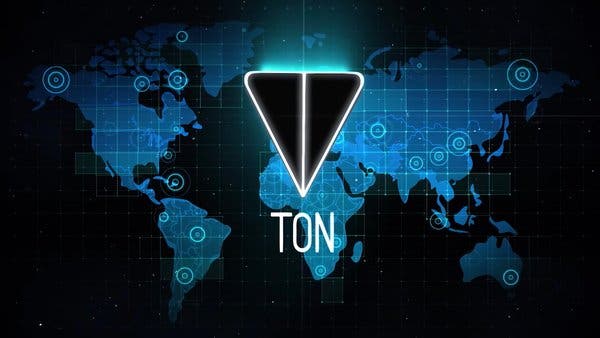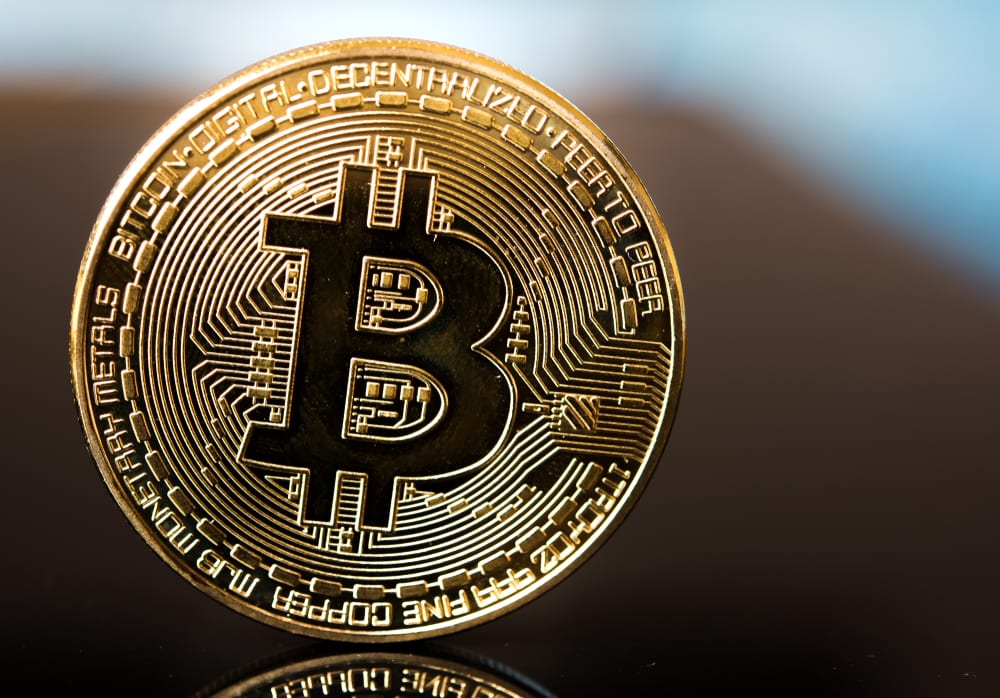While news of Facebook’s exciting new cryptocurrency, Libra, has dominated digital finance newsfeeds this summer, and arguably more revolutionary presence has been left to operate under the radar somewhat.
After accumulating $1.7 billion in investment last year and maintaining almost complete radio silence whilst news of Libra winning and losing big business suitors continued to rattle on, Telegram finally confirmed its involvement in the Telegram Open Network (TON).
It was early on Tuesday 8th October that Telegram finally went public with TON in the form of terms of service (ToS) page designed for the token’s wallet app. Within the ToS, Telegram stated that it will integrate the wallet into the company’s flagship messaging app while also offering it as a standalone service.
But what is TON? And can it really see off the likes of Libra and its powerful list of multinational backers? Here’s a look into why Telegram is set to shake up the crypto landscape:
Why should we be excited by TON?
The Telegram Open Network is set to be one of the most exciting entrants in the world of cryptocurrencies in recent years. TON not only offers cross-compatibility with Ethereum as one of its major selling points but also promises seamless compatibility with social messaging via Telegram Messenger – a popular cloud-based messaging service for handheld devices.
Boasting over 200 million active users, Telegram Messenger is seen by many investors as an ideal platform to encourage wider usage of cryptocurrencies – which can be leveraged by the arrival of the company’s dedicated ‘Gram’ digital coin.
The TON blockchain ecosystem coupled with the arrival of Gram has already led to early excitement among investors, with investments already showing 400% increases in returns, but the primary cause for optimism ahead of TON’s release is the exposure that the world of cryptocurrencies will receive.
If Telegram can successfully implement its TON network into its messaging platform, the accessibility of cryptocurrencies will increase exponentially. However, it’s important to note that there are hurdles to overcome in terms of scalability and security. Will TON be capable of supporting widespread adoption? And is it capable of guaranteeing that all of the transactions it processes will be fully secure on a larger scale? It’s hoped that these caveats will be successfully addressed before launch – which is forecast to take place later this year.
Market ramifications
The timing of Telegram announcing its involvement with TON could hardly have come at a better time. The messaging giant’s dedicated cryptocurrency, Gram, is set to enter the market as a stablecoin that will come into direct competition with Facebook’s Libra. However, October started with a series of negative press for Libra.
Firstly, the news of PayPal withdrawing their backing of Libra in order to commit more resources towards the company’s own priorities was a blow. But soon after came the announcement by the Bank of England that the cryptocurrency will be required to meet a stringent set of requirements before being given the green light for launching in Britain.
There was even the news that one of Libra’s 28 founding members, Anchorage, has announced that it will allow investors and organizations using the Telegram Open Network to securely store their Gram with them upon the network’s launch.
Telegram and Facebook’s approaches to their respective forays into the crypto landscape have been wildly different, but both organizations are united by the fact that the digital currency they’re offering is a stablecoin, as opposed to the wildly volatile currencies like Bitcoin and Ethereum that are commonplace in the market.
In fact, it’s hard to doubt that we’ve reached a watershed moment for the stablecoin, and 2020 will undoubtedly be a pivotal year for this particular means of alternative finance.
While Telegram’s Gram offers a decentralized stablecoin, Libra can offer no such promises and stands as a more centralized cryptocurrency – like the stablecoin market leaders, Tether and USD Coin.
The notion of decentralization is an important one in the world of cryptocurrencies, with investors often favoring the transparent security offered by decentralized currencies. However, it’s entirely possible that the star power of Libra could be strong enough to attract widespread usage.
The arrival of both Telegram and Facebook onto the scene will no doubt have a profound effect on the crypto market, and may even herald a power shift from the volatile currencies we recognize today to the more secure and practical stablecoin.
Winning the stablecoin space race
Despite some evident problems, it’s hard to doubt the power of Facebook and its Libra project. With the backing of major organizations like Lyft, Uber, and Spotify, there’s plenty of integration potential and opportunities to encourage adoption.
However, thanks to Telegram’s slick operations coupled with the early launch of the ever-promising TON, we could potentially all be making stablecoin transactions through the convenience of a mobile messaging service before we know it.
It’s clear that despite the scramble to leverage the widespread adoption of cryptocurrencies, it’s clear that there’s already one winner: And that’s the crypto market itself. After 2018 that was largely spend lost in the post-2017 bull run wilderness, the world of crypto finally has cause for widespread optimism. Long may it continue.


















